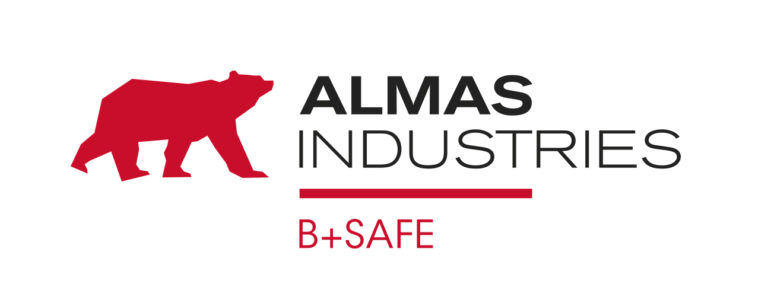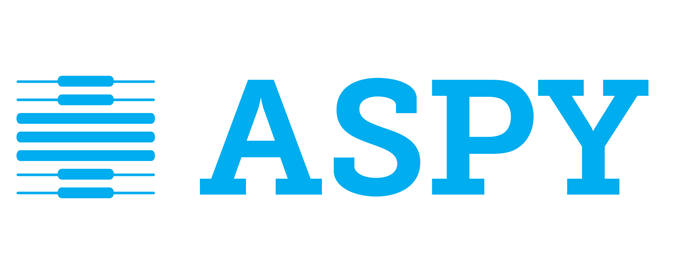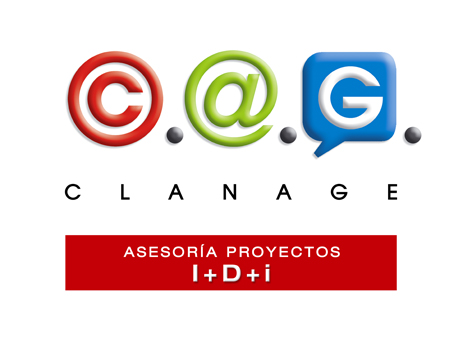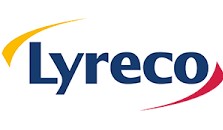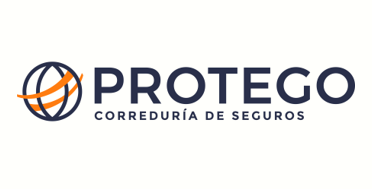The European project PigStun has started this year, with the aim of encouraging European pig slaughterhouses to use new systems that are more respectful of animal welfare.
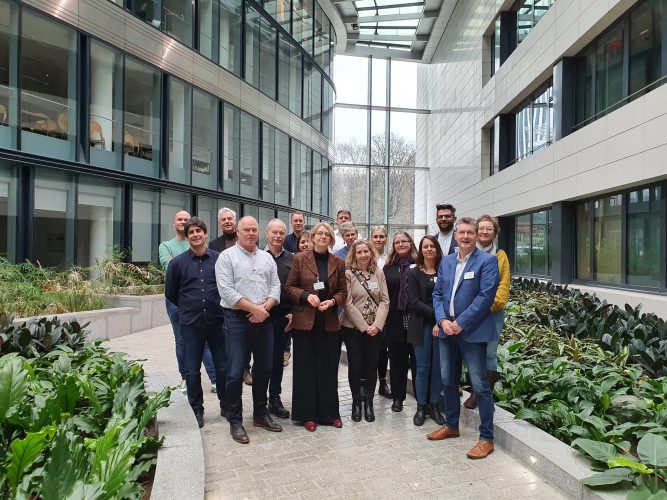
To do this, the scientific team will develop technical specifications for four alternatives that represent an improvement over current practices:
1. Multi-phase box system: a system that facilitates pre-grouped animals in small groups to be transported to a multi-phase gas stunning system. The system will start using CO2, but the unit can be equipped to facilitate other gas mixtures.
2. Helium: An alternative stunning system that uses helium in one or two phases, in combination with nitrogen.
3. Upgraded inert gas system: an alternative that can be applied to existing stunning equipment (Dip-Lift or paternoster) to allow the use of stable alternative gas mixtures with very low oxygen levels.
4. Improved electrical stunning: This alternative will look at ways to improve the electrical stunning process with special emphasis on pre-stunning handling, and the design of driving and entering pigs into stunning equipment.
PigStun is a beneficiary of the financing agreement signed with the European Health and Digital Executive Agency (HaDEA) under the “Single Market Program – Food strand”, which aims to improve pig welfare. It receives funding from the European Regional Development Fund of the European Union and the National Institute for Agricultural and Food Research and Technology.
The PigStun consortium is made up of beneficiaries and associate partners from the Netherlands, Denmark, Germany and Spain, including academic research partners, slaughterhouse equipment developers, and five pig slaughterhouse companies.
You have more information in this link.

